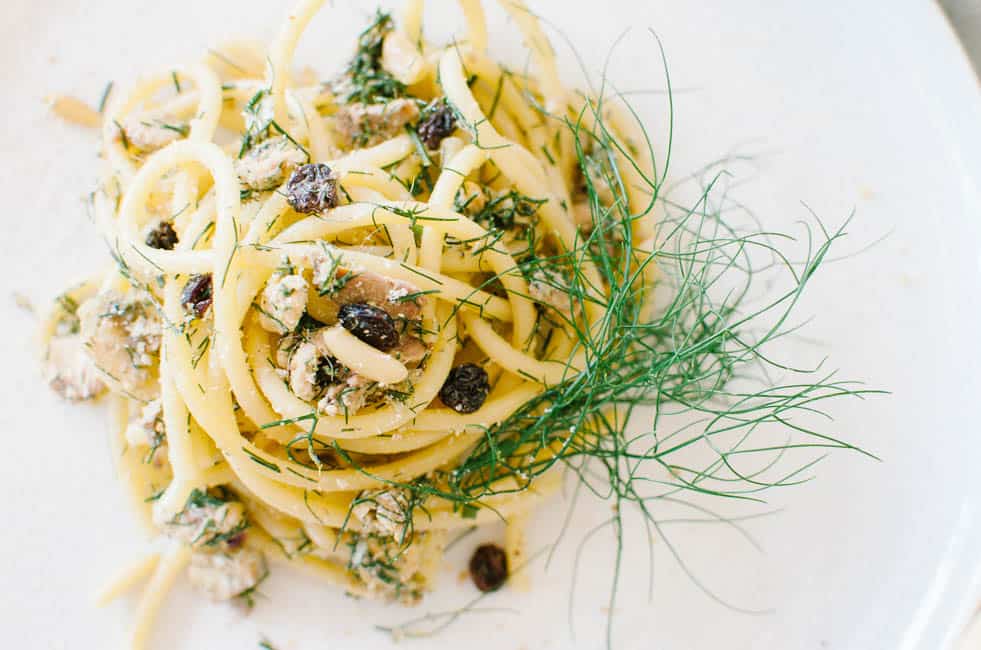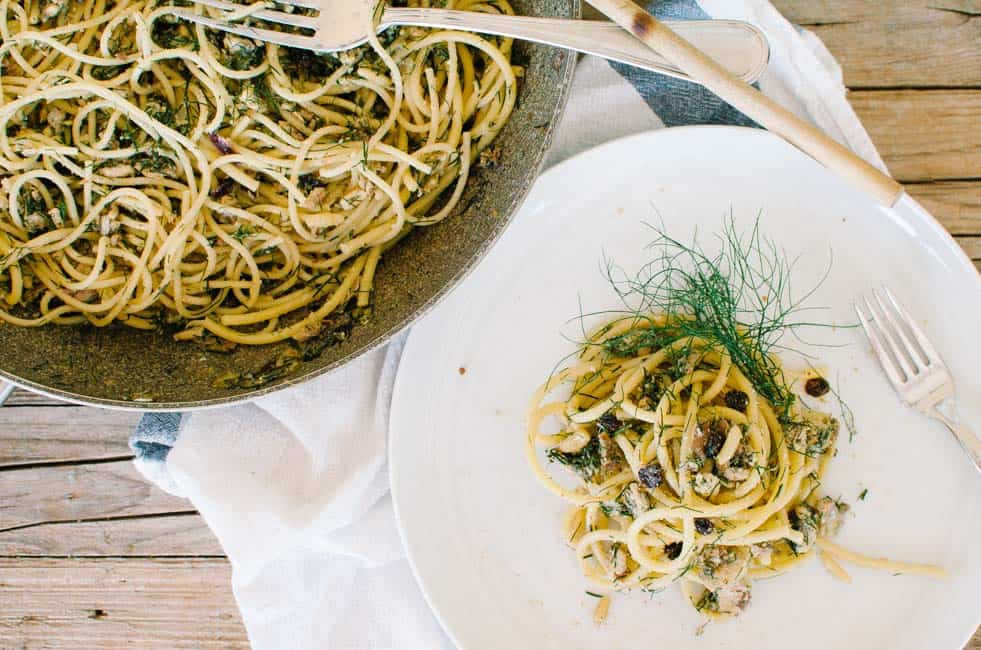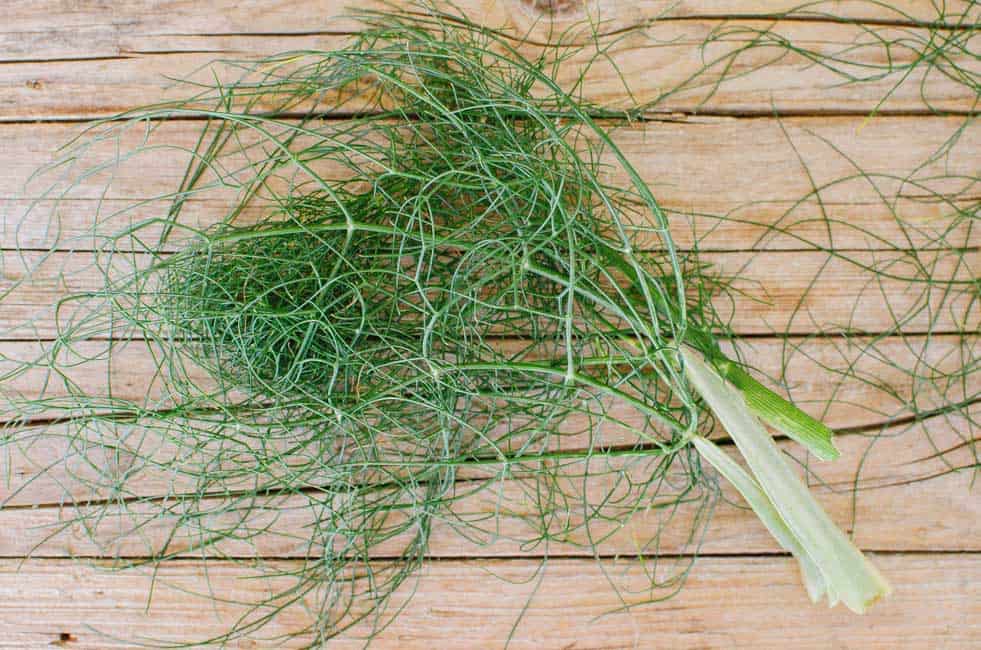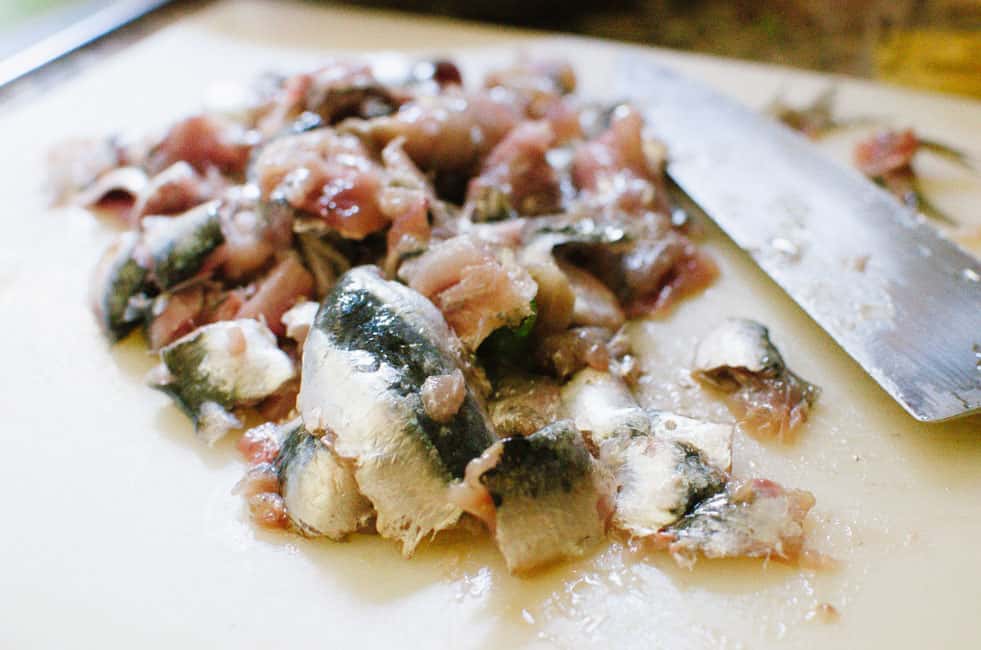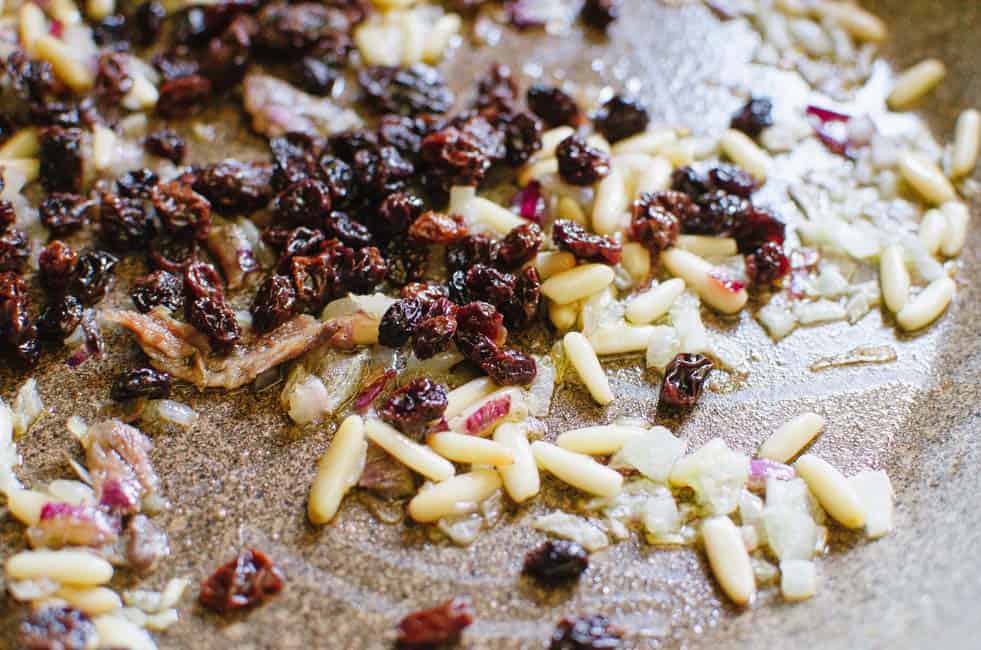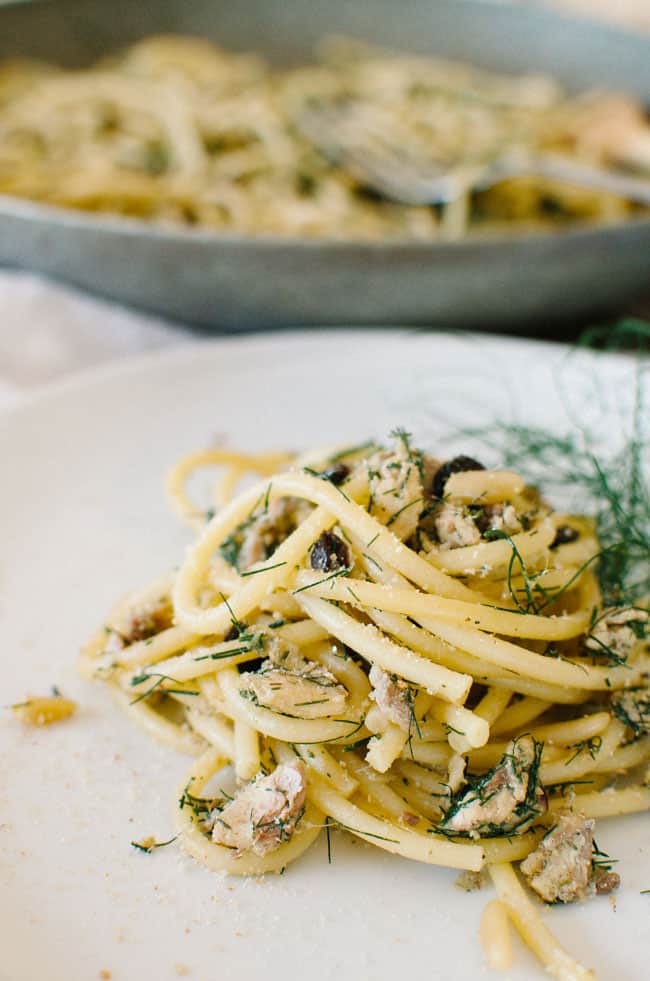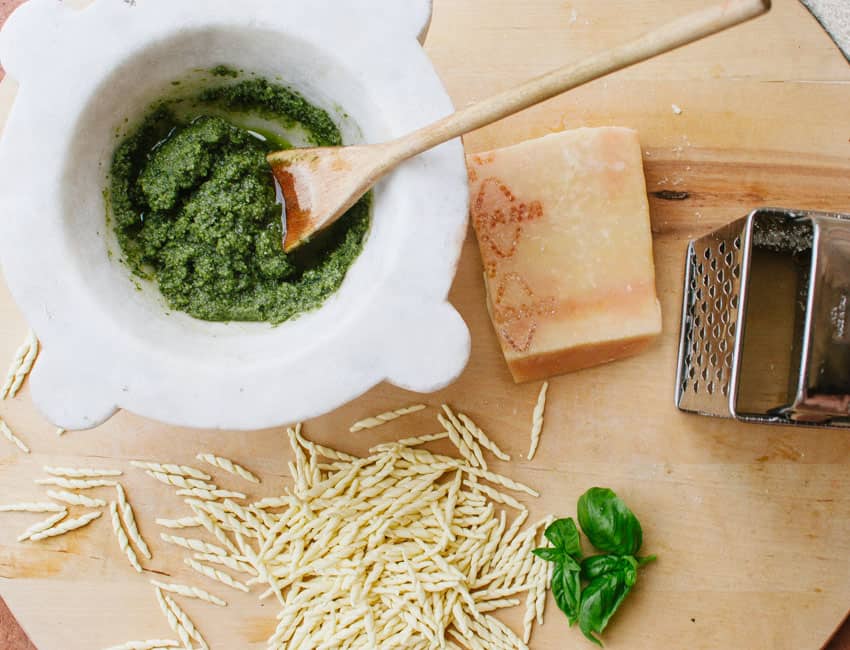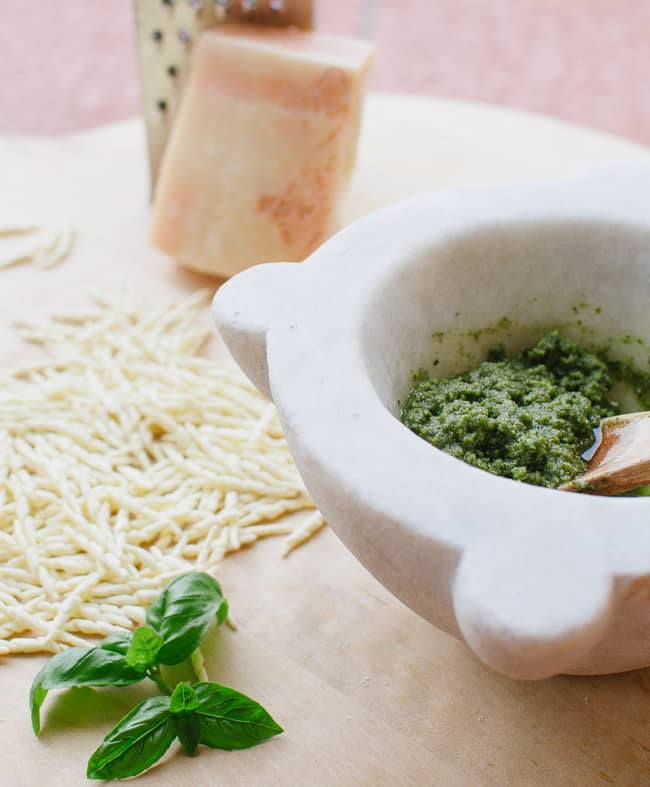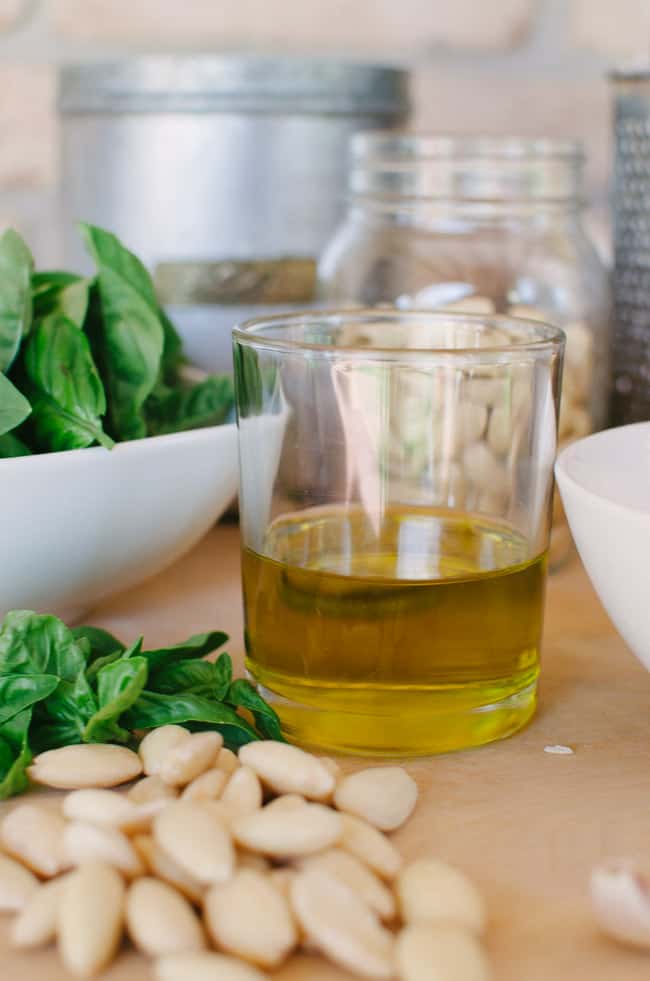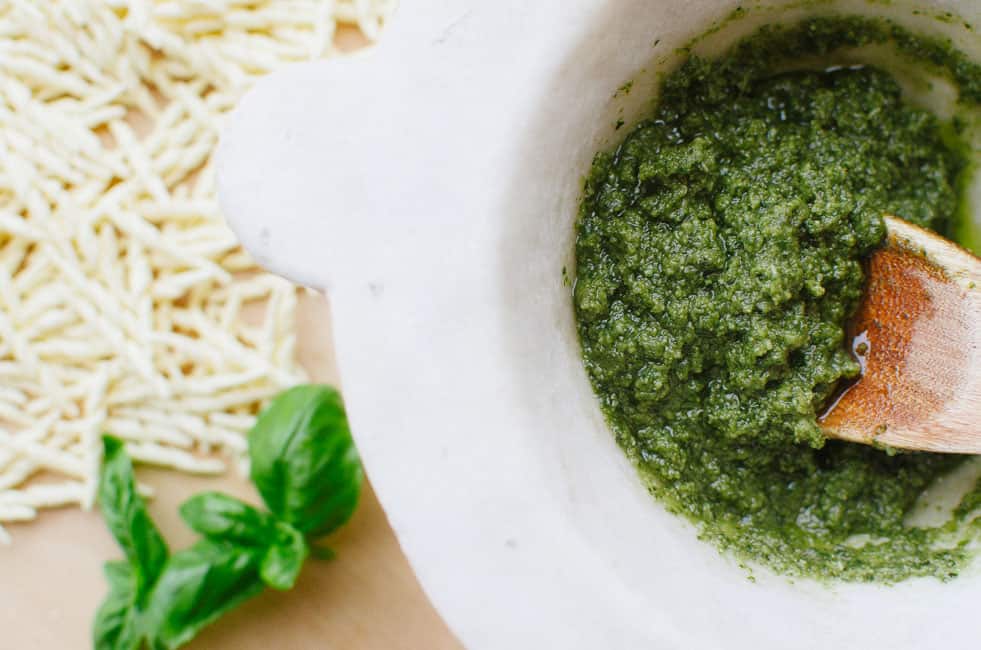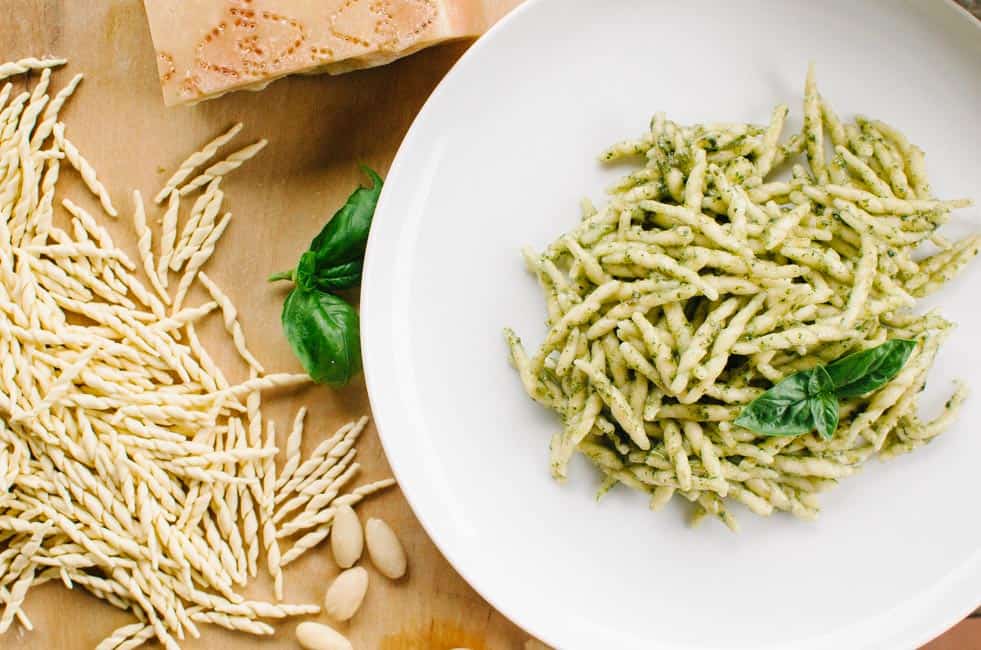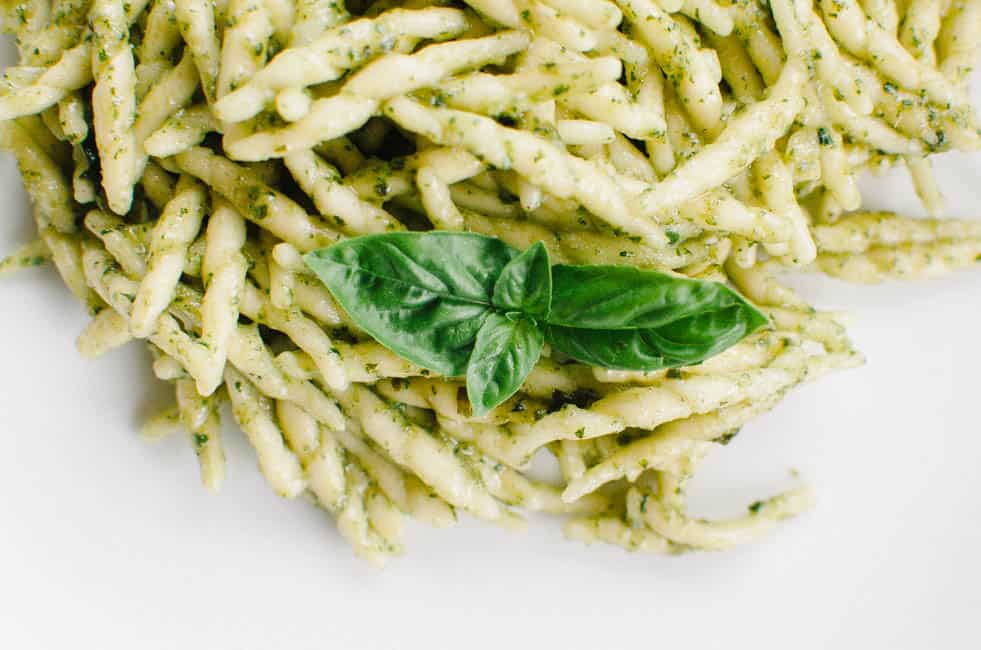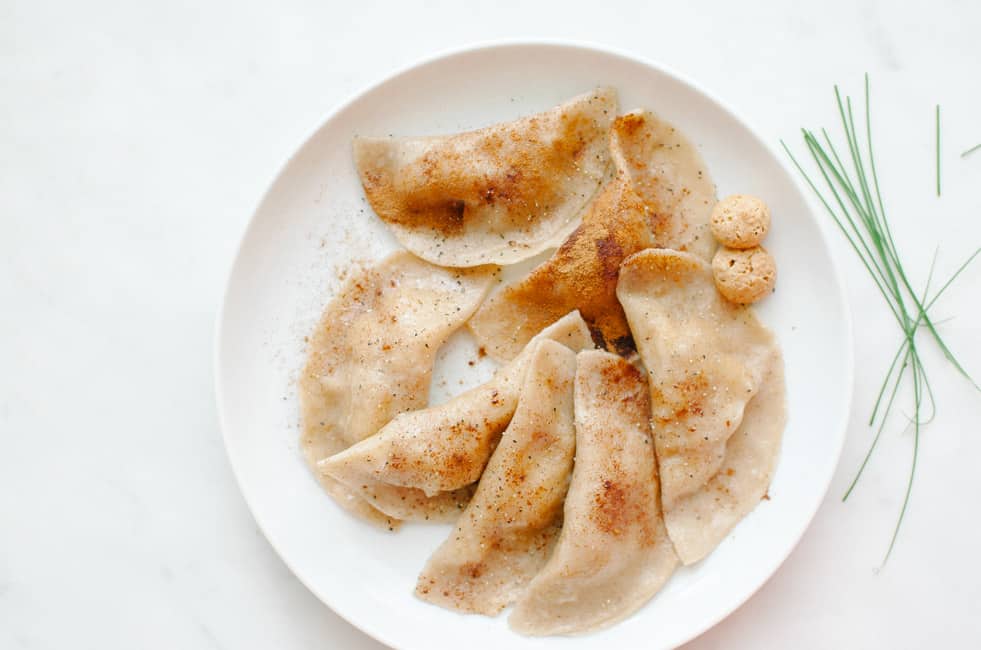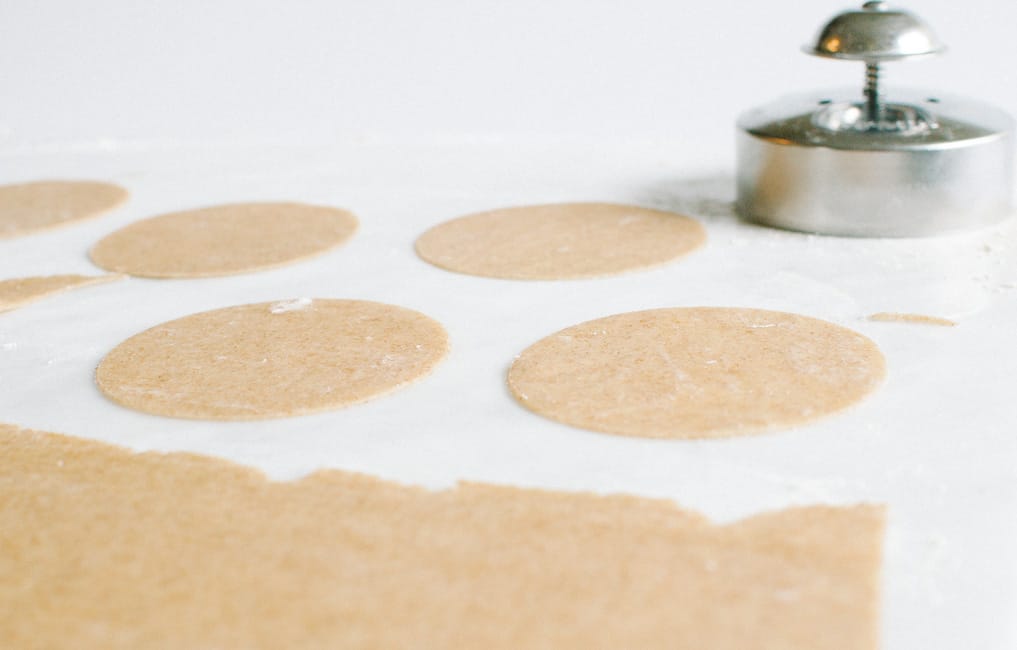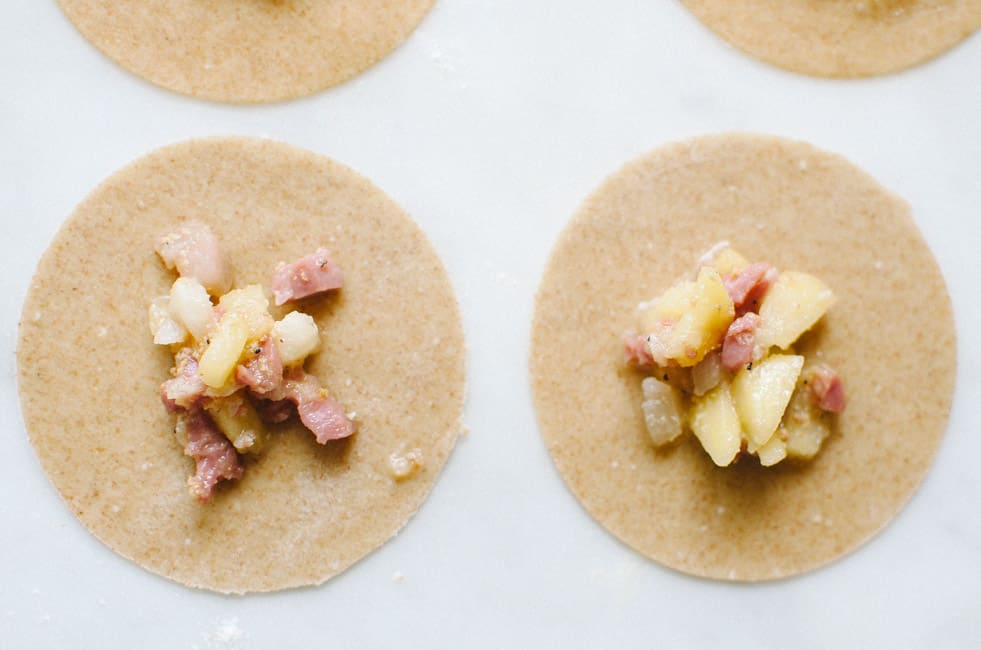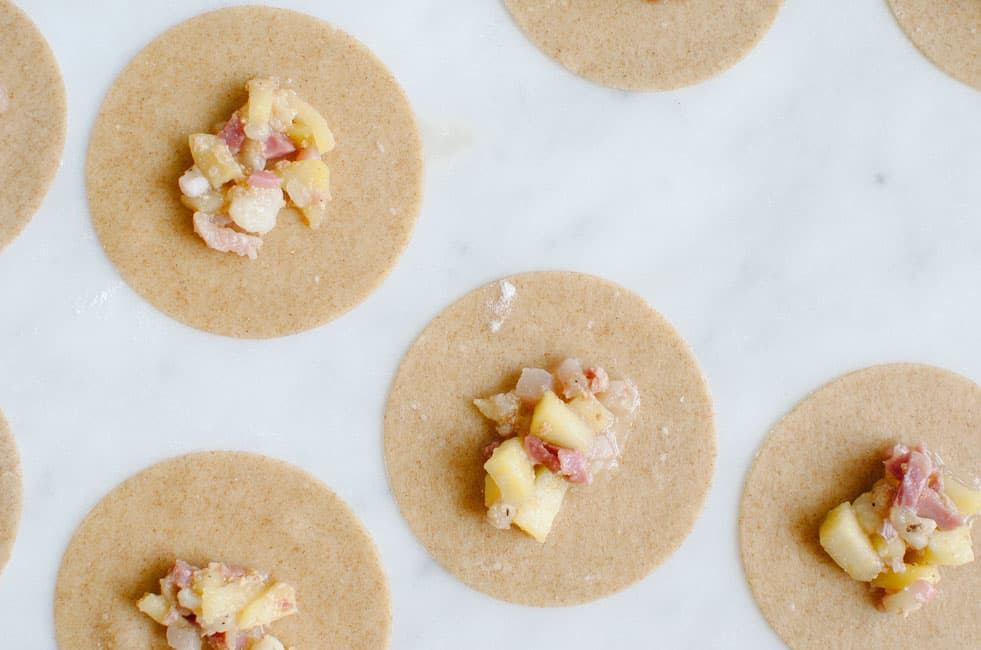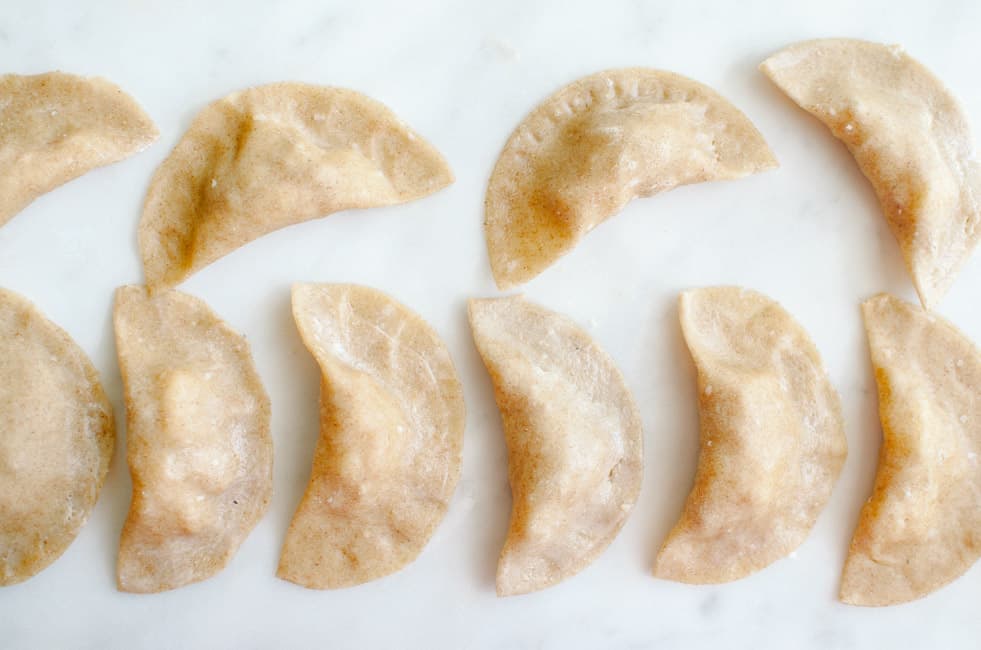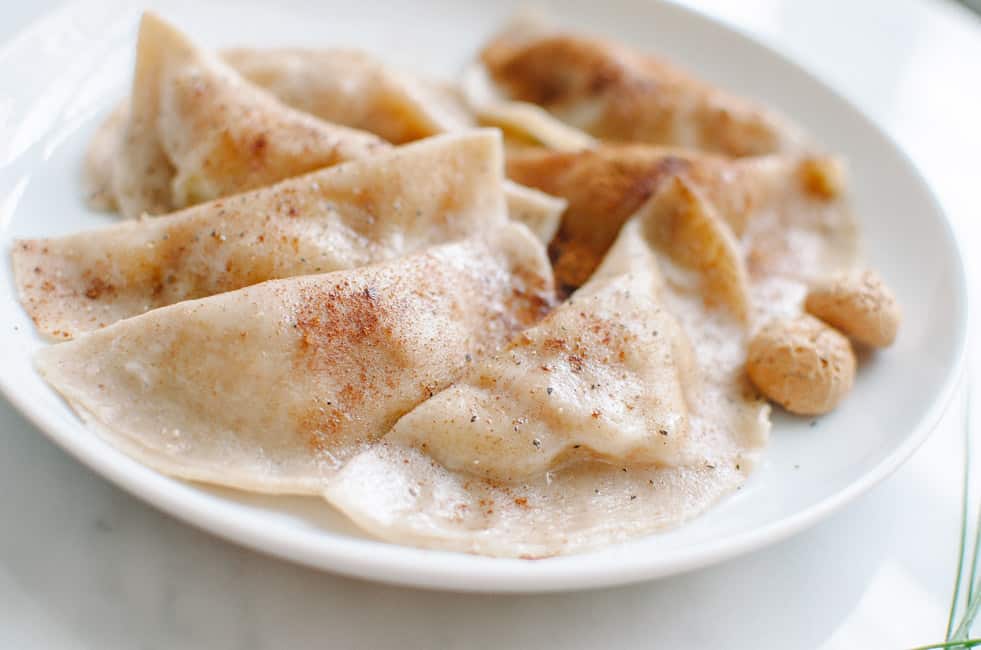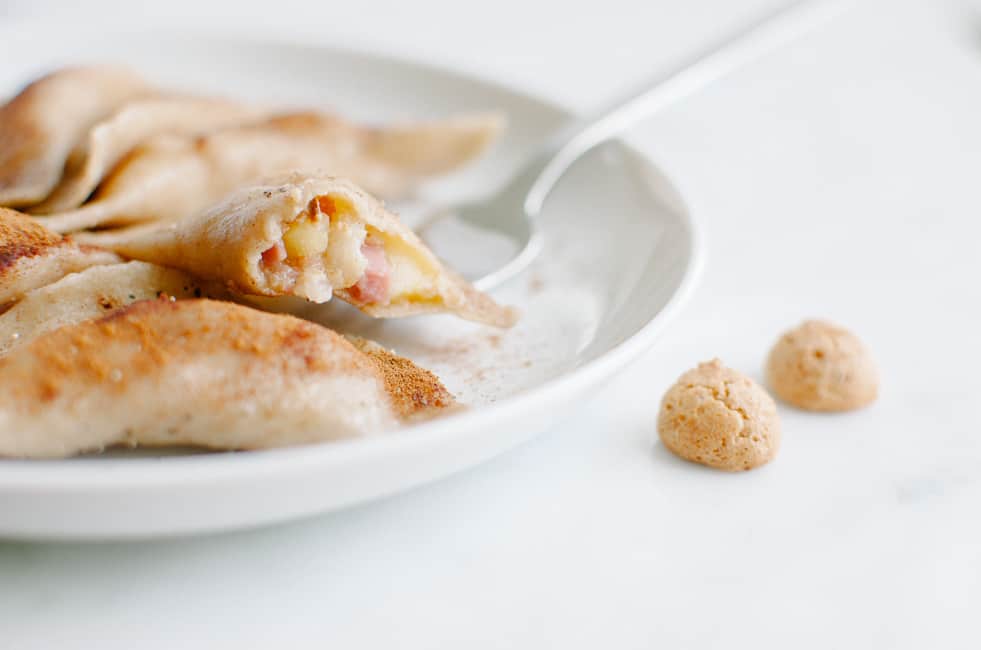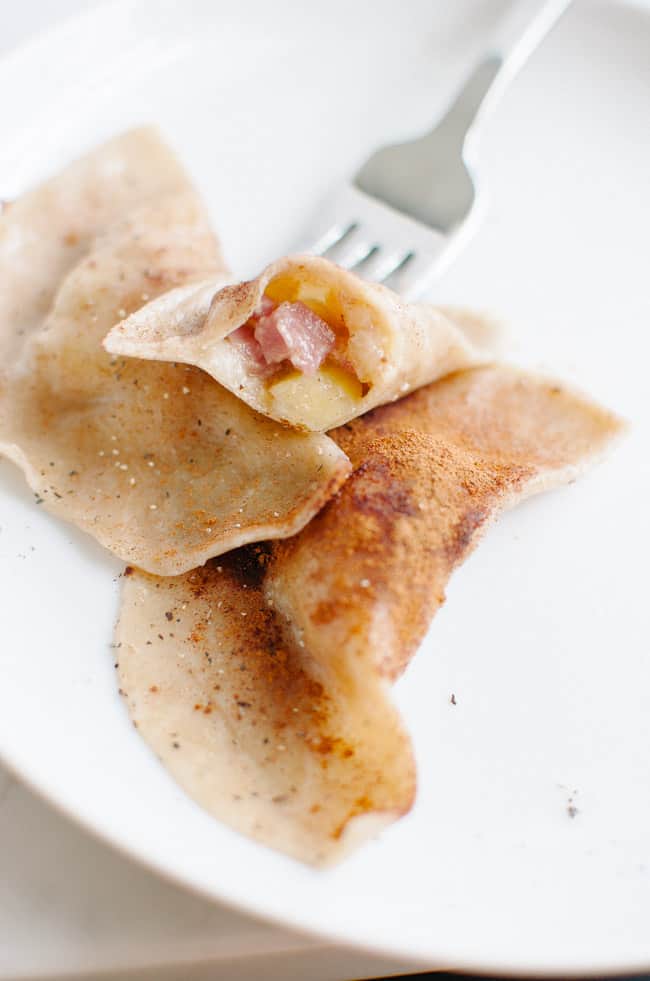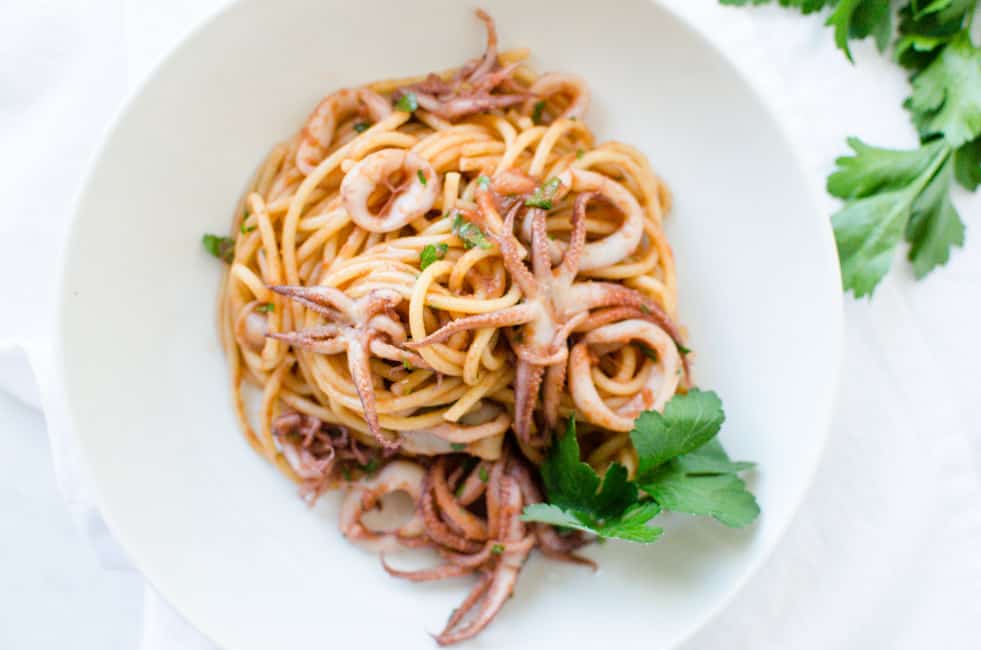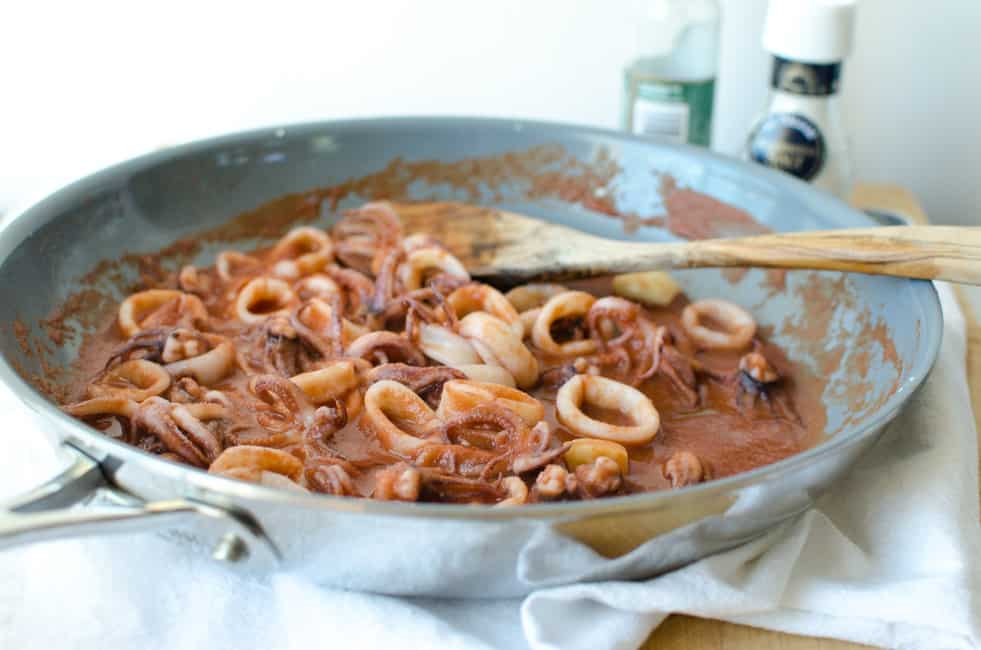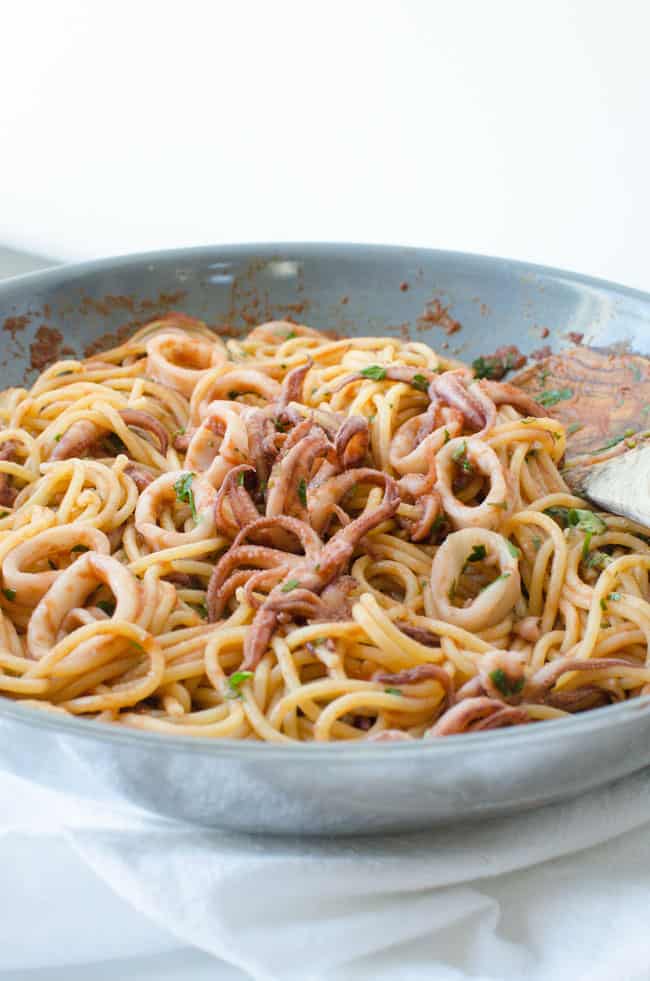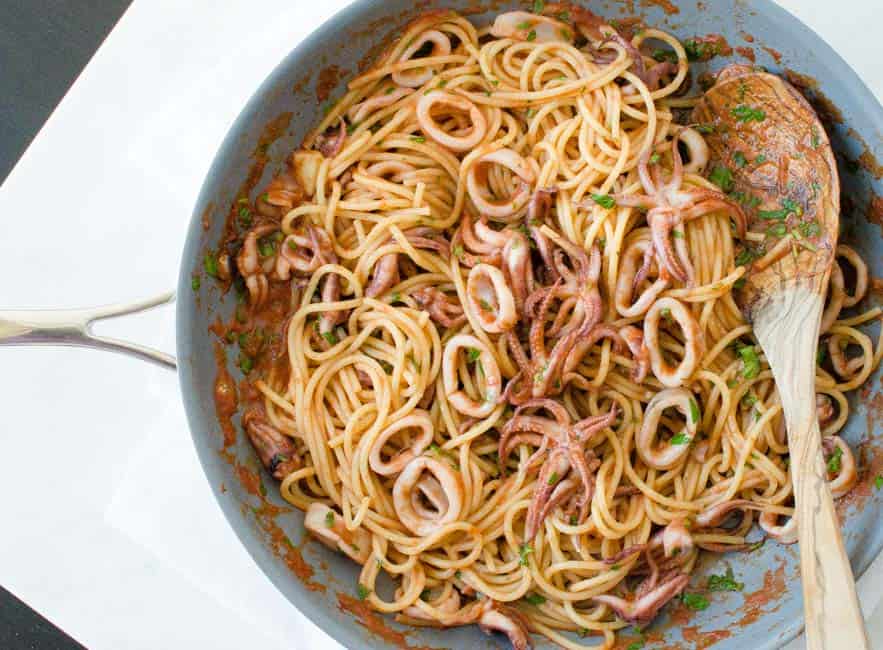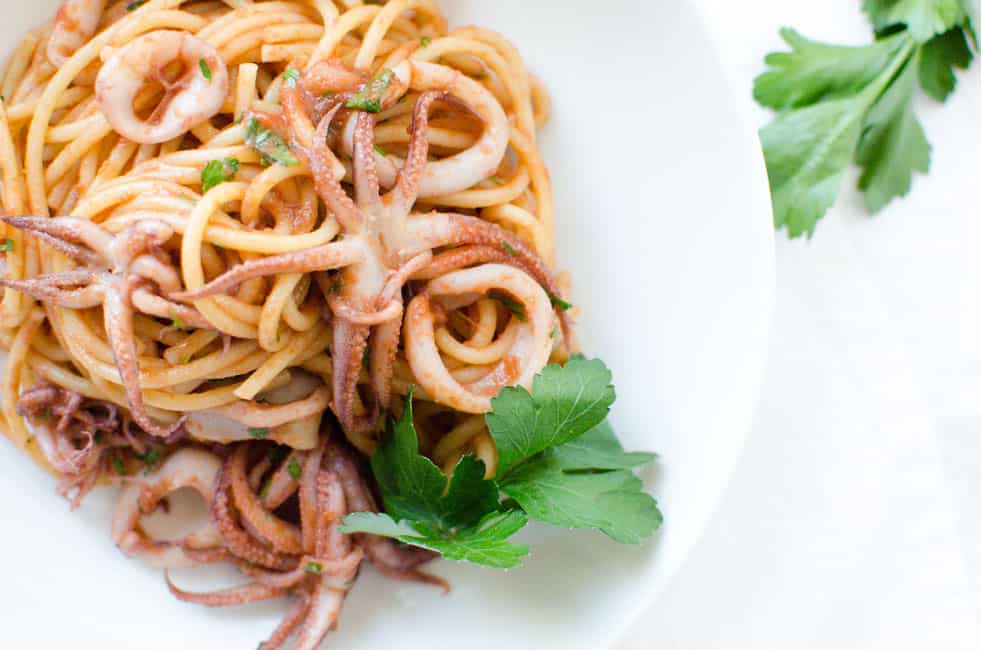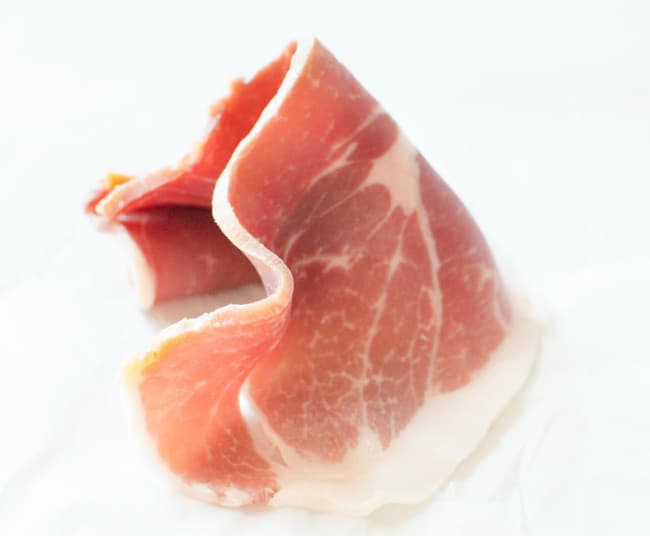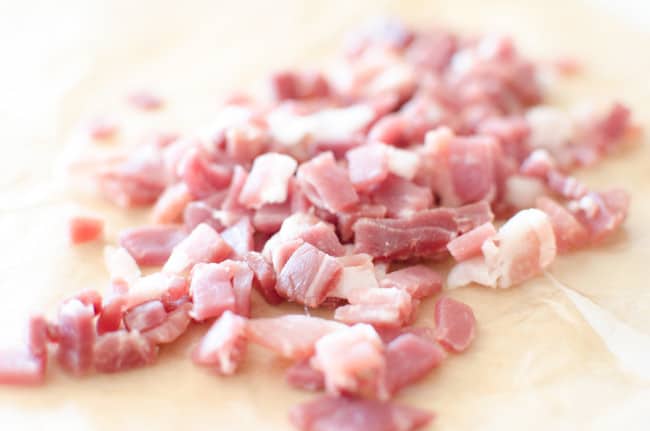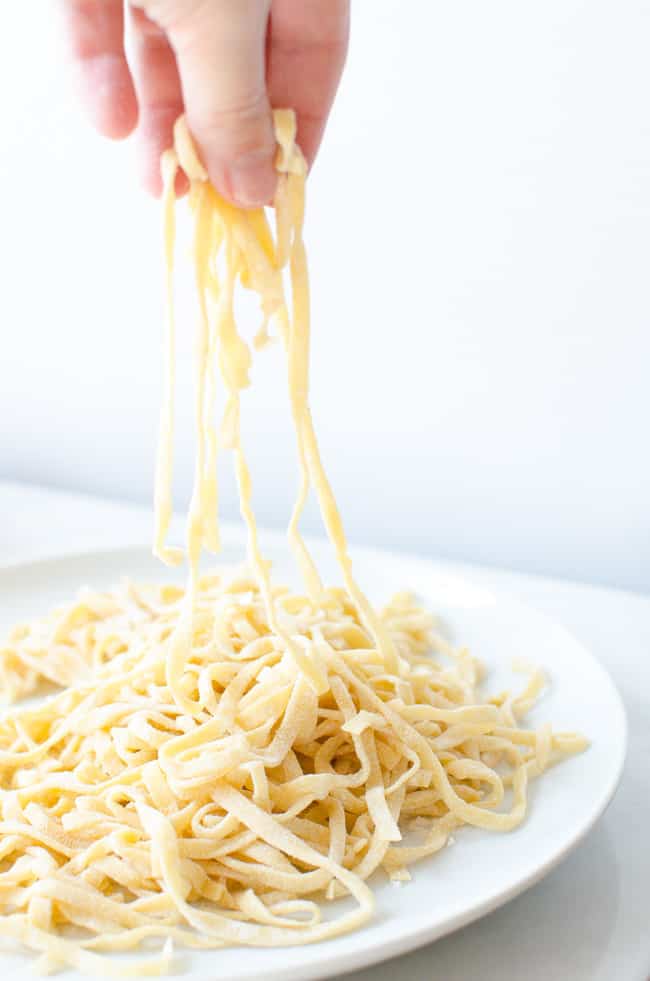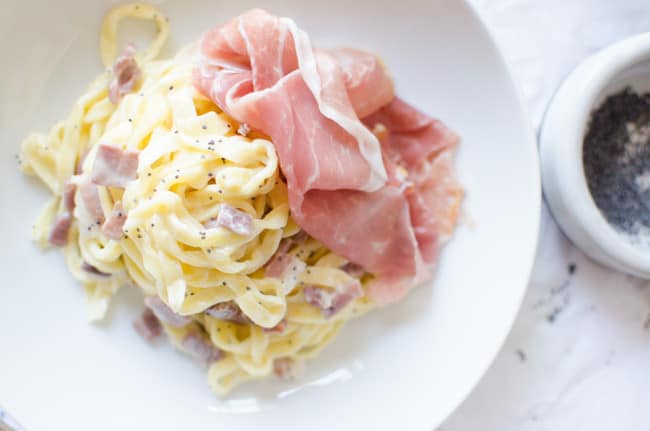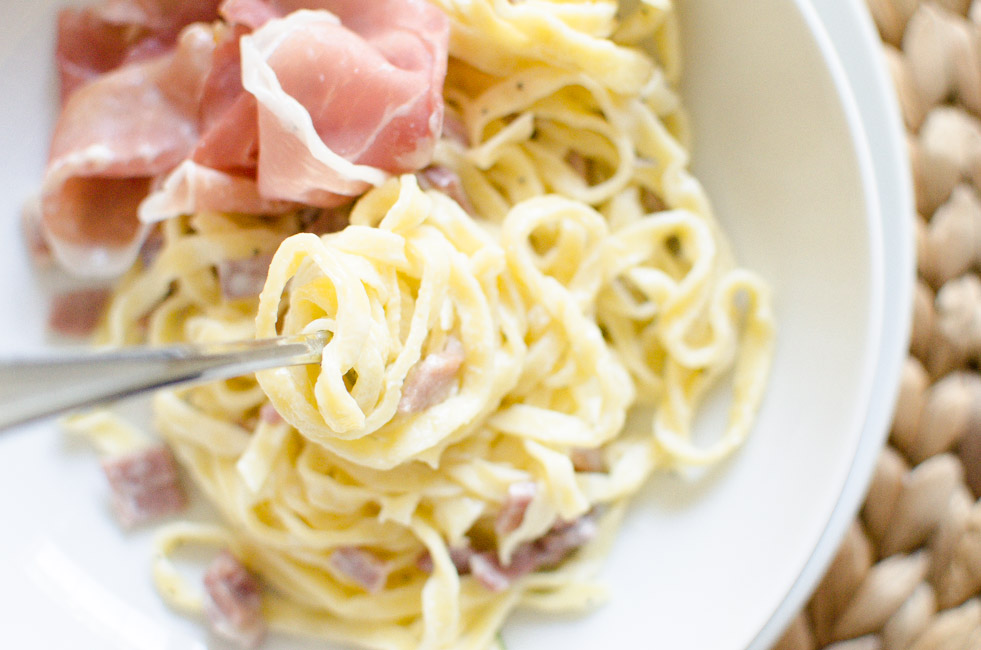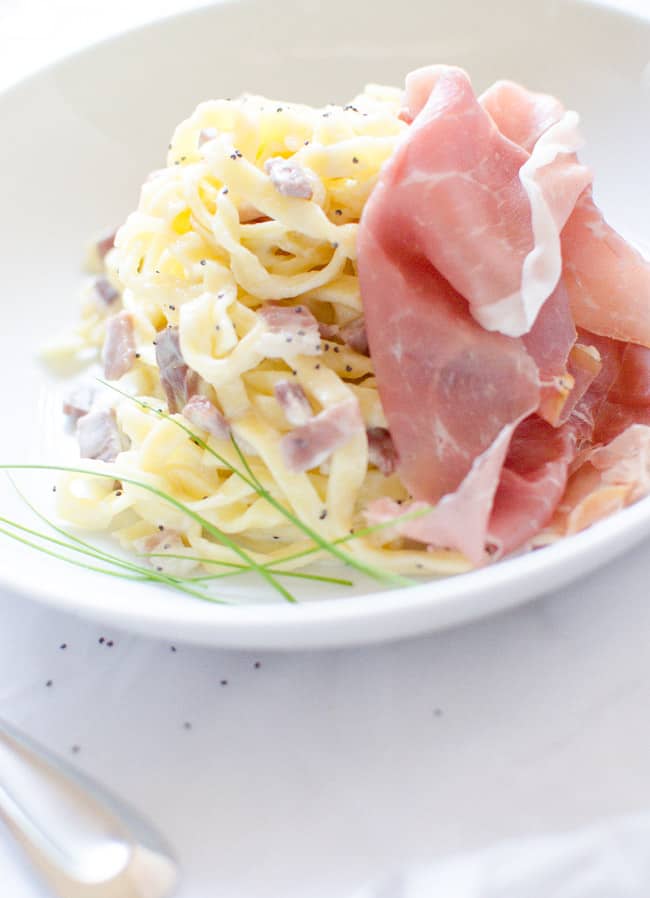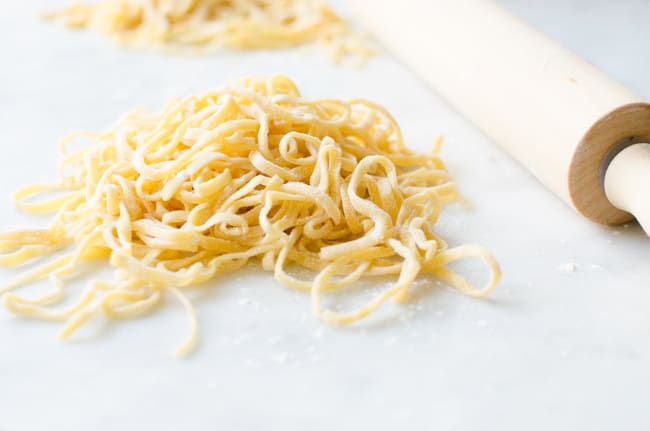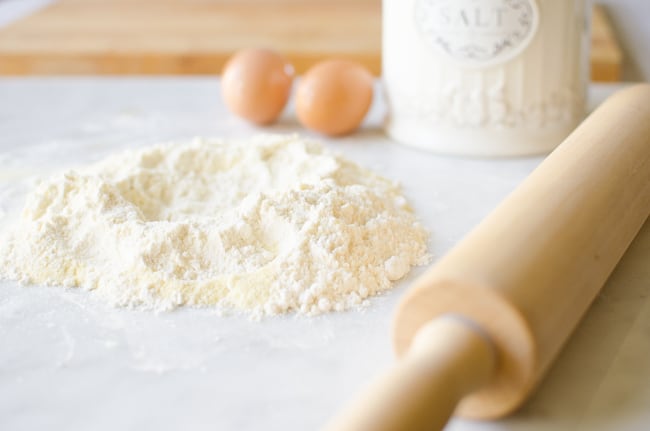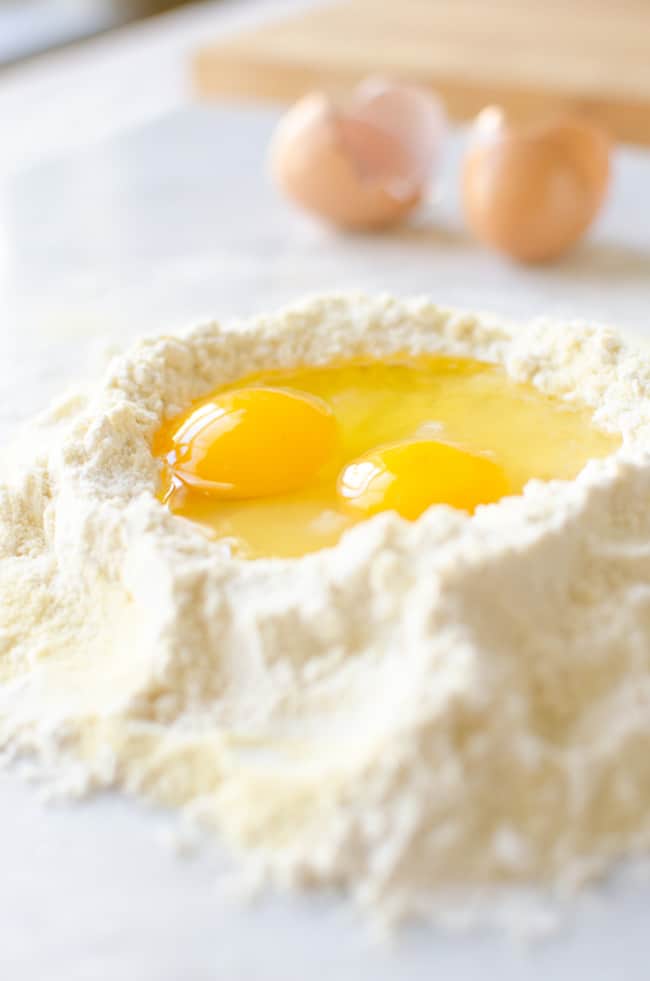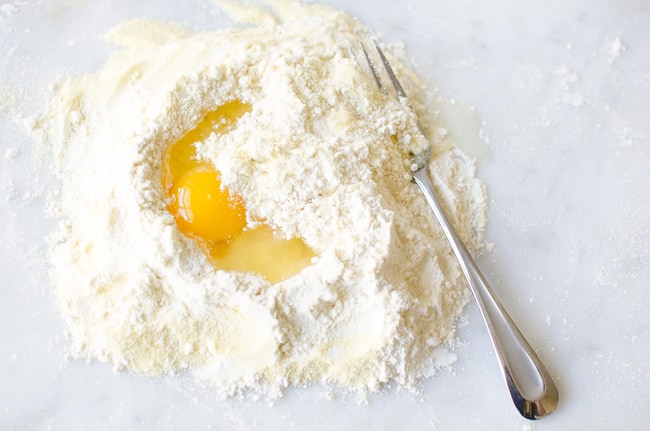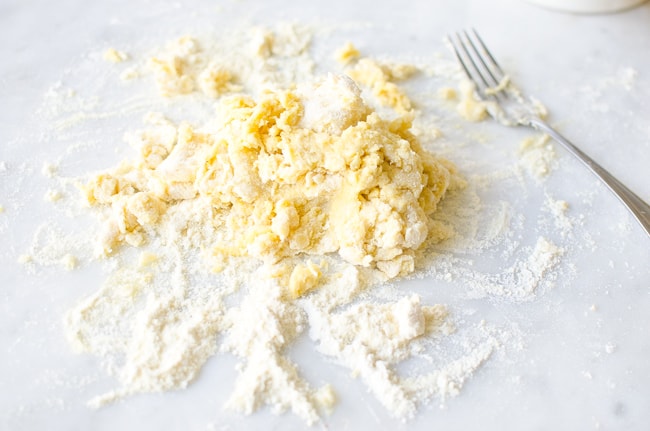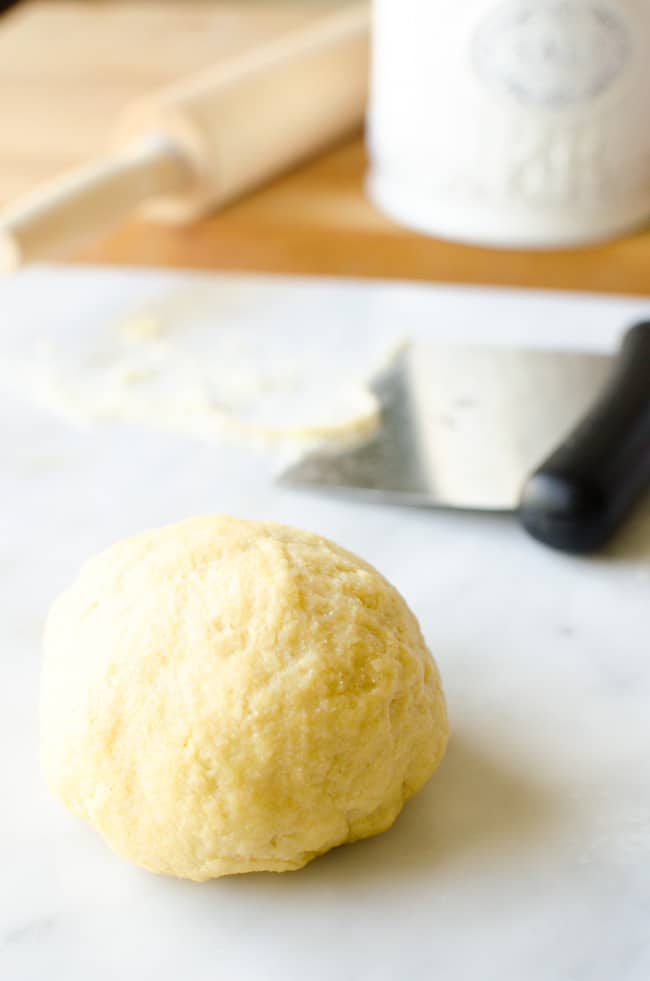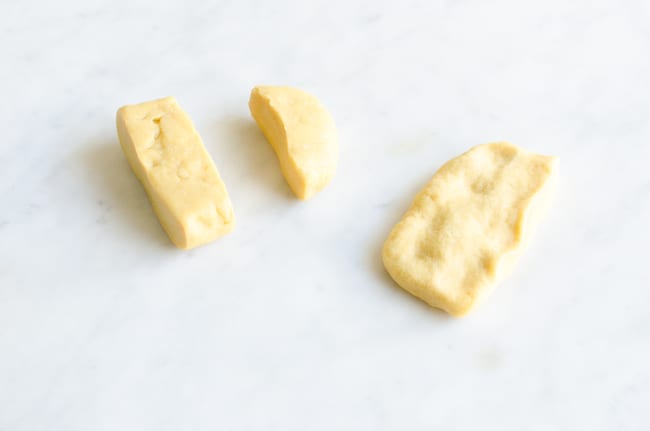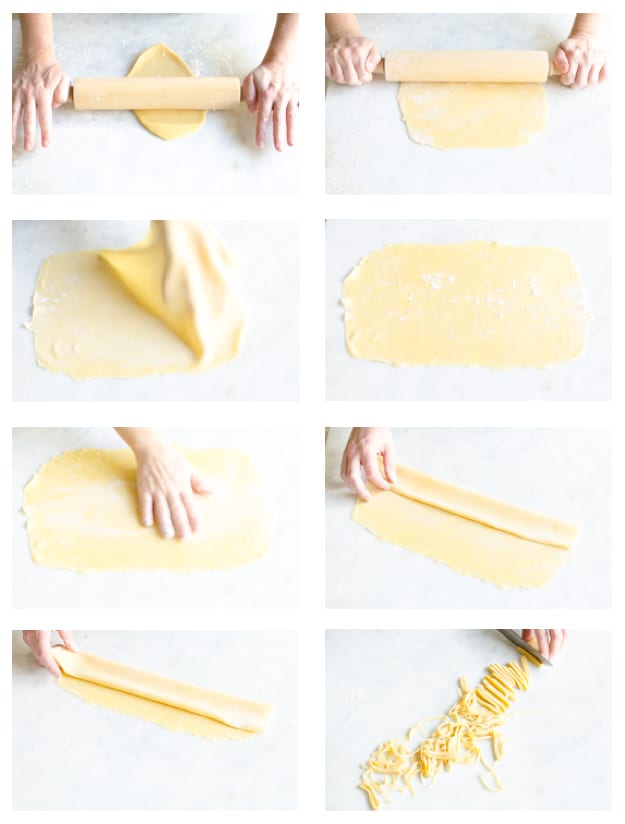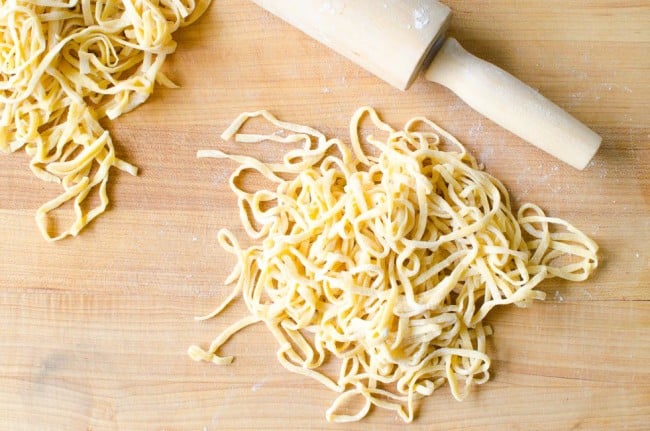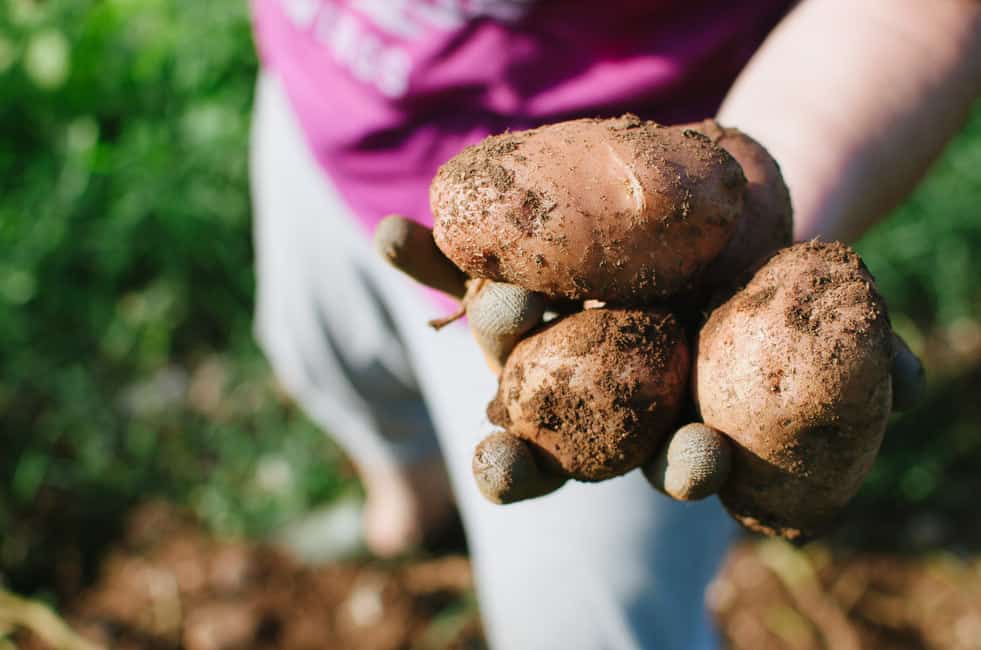 A few weeks ago, I was leaving the house to go to yoga practice when my mom called me to let me know the family was harvesting potatoes. I drove to our patch of land and saw that my uncles and aunts were all there, bending over the freshly plowed soil to pick up the potatoes my dad had planted last spring. I’m not sure whether or not I was looking for an excuse to skip yoga (I’m terrible at finding motivation to work out) but I love being together with my family for things like this – that is, working to harvest fruits and vegetables we will all enjoy for many months to come. So I went back home, dropped the mat and towel, grabbed my camera and rushed back to the potato patch….
A few weeks ago, I was leaving the house to go to yoga practice when my mom called me to let me know the family was harvesting potatoes. I drove to our patch of land and saw that my uncles and aunts were all there, bending over the freshly plowed soil to pick up the potatoes my dad had planted last spring. I’m not sure whether or not I was looking for an excuse to skip yoga (I’m terrible at finding motivation to work out) but I love being together with my family for things like this – that is, working to harvest fruits and vegetables we will all enjoy for many months to come. So I went back home, dropped the mat and towel, grabbed my camera and rushed back to the potato patch….
Harvesting Potatoes + Gnocchetti with Fresh Cherry Tomato & Black Olive Sauce
 A few weeks ago, I was leaving the house to go to yoga practice when my mom called me to let me know the family was harvesting potatoes. I drove to our patch of land and saw that my uncles and aunts were all there, bending over the freshly plowed soil to pick up the potatoes my dad had planted last spring. I’m not sure whether or not I was looking for an excuse to skip yoga (I’m terrible at finding motivation to work out) but I love being together with my family for things like this – that is, working to harvest fruits and vegetables we will all enjoy for many months to come. So I went back home, dropped the mat and towel, grabbed my camera and rushed back to the potato patch….
A few weeks ago, I was leaving the house to go to yoga practice when my mom called me to let me know the family was harvesting potatoes. I drove to our patch of land and saw that my uncles and aunts were all there, bending over the freshly plowed soil to pick up the potatoes my dad had planted last spring. I’m not sure whether or not I was looking for an excuse to skip yoga (I’m terrible at finding motivation to work out) but I love being together with my family for things like this – that is, working to harvest fruits and vegetables we will all enjoy for many months to come. So I went back home, dropped the mat and towel, grabbed my camera and rushed back to the potato patch….
